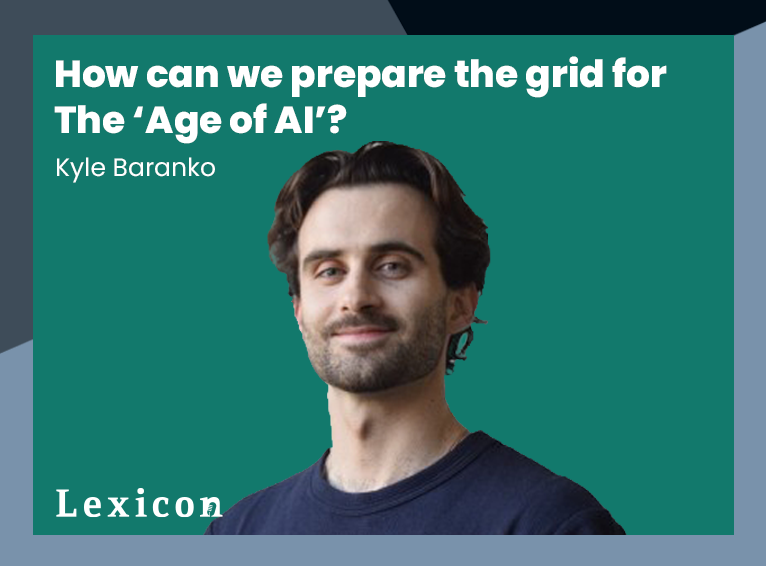Copyright The Daily Beast

If you know anything about the circadian rhythm, it’s probably that keeping it dialed is really important for a good night’s sleep. (If you don’t know anything about the circadian rhythm, it’s the body’s internal 24-hour clock—it’s what makes you feel sleepy or awake.) The secret to keeping that system humming is managing light exposure. “Light is the primary cue to the circadian system,” Lynne Peeples, science journalist and author of The Living Clock: Living in Sync with Our Circadian Rhythm, told the Daily Beast in an interview. “The system expects bright blue-rich light during the day, and it expects the night to be dark—aside from maybe a flicker of warm firelight, moonlight, or the equivalent.” The light’s color is key, because our bodies are wired to see blue light as a daytime cue. And with a targeted dose of it serving as a signal to get up and at ‘em early in the day, you can build and maintain a healthy circadian rhythm even if you’re out of sync with sunlight. That’s the idea behind AYO, the “world’s first circadian health wearable.” Think glasses, but with a distinctly sci-fi vibe, bolstered by the fact that they beam a precise wavelength of blue light straight into your visual field. If that sounds unpleasant and maybe a little dangerous, fear not. The science is solid, and wearing them isn’t annoying or disruptive at all. Plus, they work like an absolute charm. These glasses are my secret weapon when the days get shorter and my alarm clock goes off before the sun even comes close to rising. How do AYO glasses work? It’s pretty straightforward. Exposure to the right kind of blue light suppresses melatonin production. Melatonin is the body’s sleep signal, and when levels drop in the morning, it helps the body shift from sleepy to awake. Using the glasses within an hour or so of waking reinforces that signal—even if it’s still dark outside. There’s a lot of scientific validation behind the product. The glasses’ design is based on over 20 years of research and clinical studies on light therapy and chronobiology. The AYO device has been used in major clinical studies at Oxford University and the U.S. Department of Defense, among others, demonstrating the benefits of personal light therapy devices for better sleep. Plus, the company says its light has been tested and certified for photobiological safety by an independent certification organization in Germany. The glasses themselves are really slim, so you can easily pop them on—again, ideally within an hour of waking—and get on with your morning routine. After 20 minutes, the light automatically shuts off, and that’s it. AYO says its blue light is equivalent to 10,000 lux, which is about as bright as daylight. Plus, the company recently introduced a specific red light wavelength for bonus ocular health benefits. I know what you’re thinking. If the body responds to blue light, doesn’t scrolling or checking your email right when you wake up do the trick? Nope. Alas, screen light doesn’t count, and you can’t rely on any old exposure to blue light. You need a specific type and intensity that your body is primed to respond to in the morning. The results of wearing my AYO glasses I’ve found that I don’t need my AYO glasses all year long. But in the fall and winter months, when the mornings are dark and cold, I whip them out and I’m consistently impressed by how well they work. I’ve also used them after coming home from international trips when my internal clock is still set to a different timezone, and they make quick work of getting me back on track without dragging through three days of brain fog. The best part is the effect the glasses have on my system as a whole. Within a few days of starting my mornings with AYO, I find myself waking up naturally a few minutes before my alarm is set to go off. While I generally consider myself a morning person, this kind of gentle wake-up is next level. The wearability is also adjustable. By using the AYO app, you can plug in your desired natural wake time and follow the app’s recommendations to make that a reality. It works for people who work night shifts too—you plug in your regular wake-up and bedtime, and wear the glasses in the suggested timeframe. The catch, of course, is consistency. There’s a reason sleep experts recommend going to bed and getting up at the same time seven days a week—our circadian rhythms love a good routine. When I use my AYO glasses regularly, it means I’m awake around 6 a.m., weekends included, and ready to crash by 9:30 p.m., even on Friday nights. That’s not ideal when I want to catch a late-night movie, but my body’s definitely happy. Bonus features You don’t need the AYO app to use the glasses, but it’s actually pretty insightful. It gives you helpful suggestions about when to wear the glasses based on your typical bed and wake times, along with recommendations to support your natural sleep-wake cycle. Another section of the app is personalized with details about your sleep chronotype (the natural inclination to feel alert or drowsy at particular times of day), circadian health score, sleep needs, sleep debt, and much more. There’s a lot of advice out there for improving your sleep, and as a longtime sleep writer, I’m familiar with just about all of it. But sometimes the secret to a better night’s sleep is actually getting the body’s awake time right. That’s where these glasses come in. I’ve tested a ton of sleep wearables, but nothing has impressed me the way these glasses do. They help your body find a healthy rhythm, whether you’re a wannabe early bird or a serious night owl.



